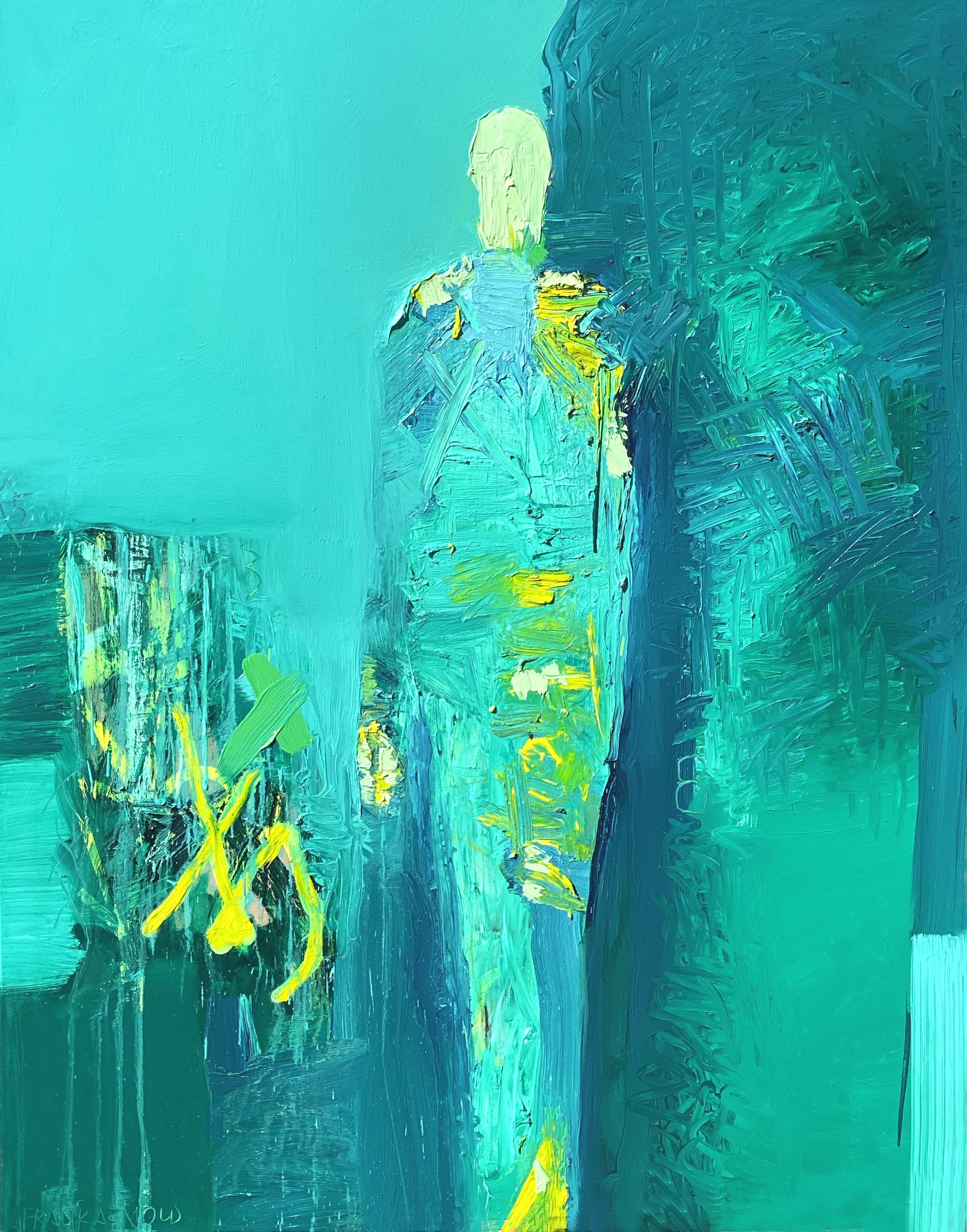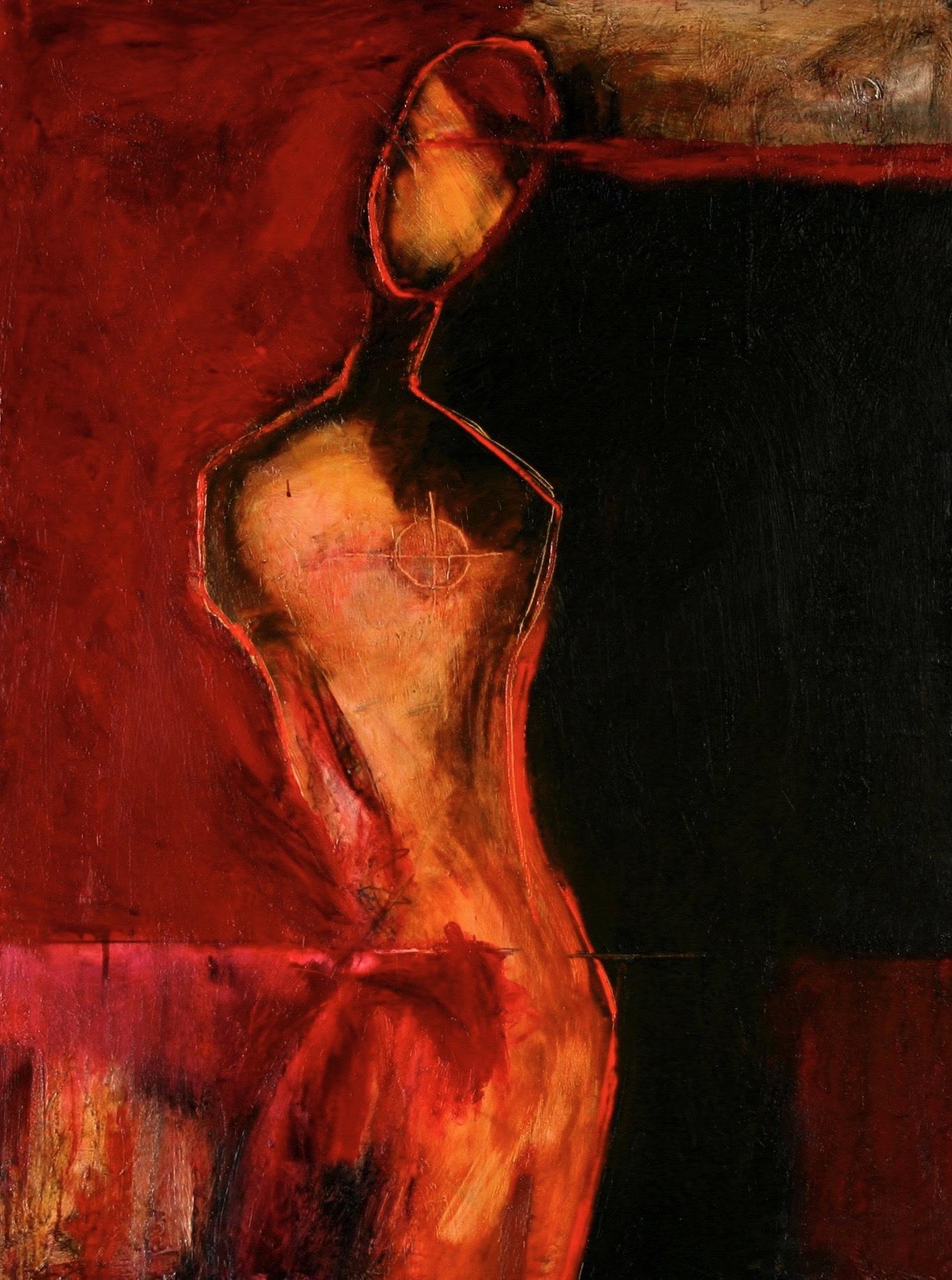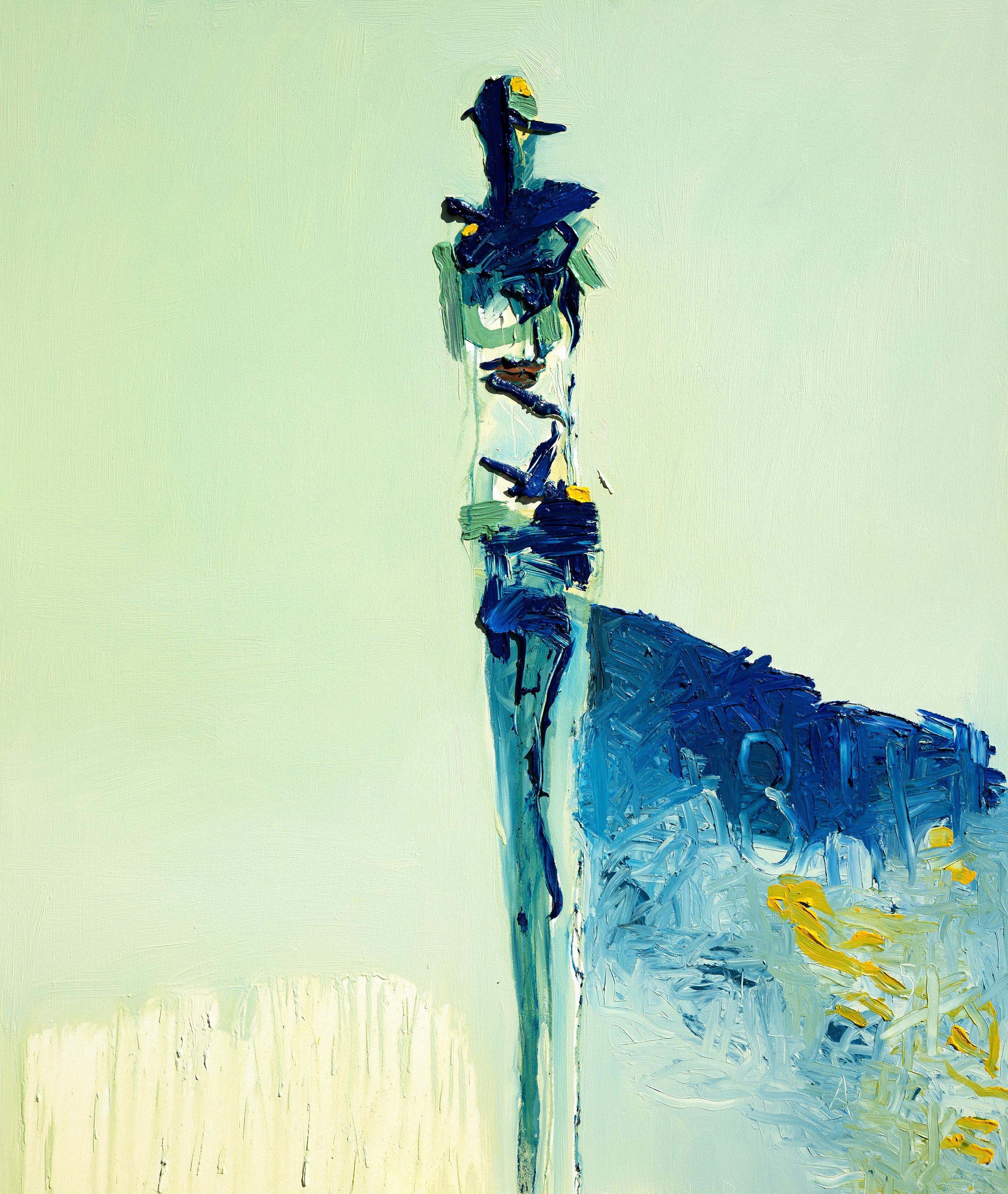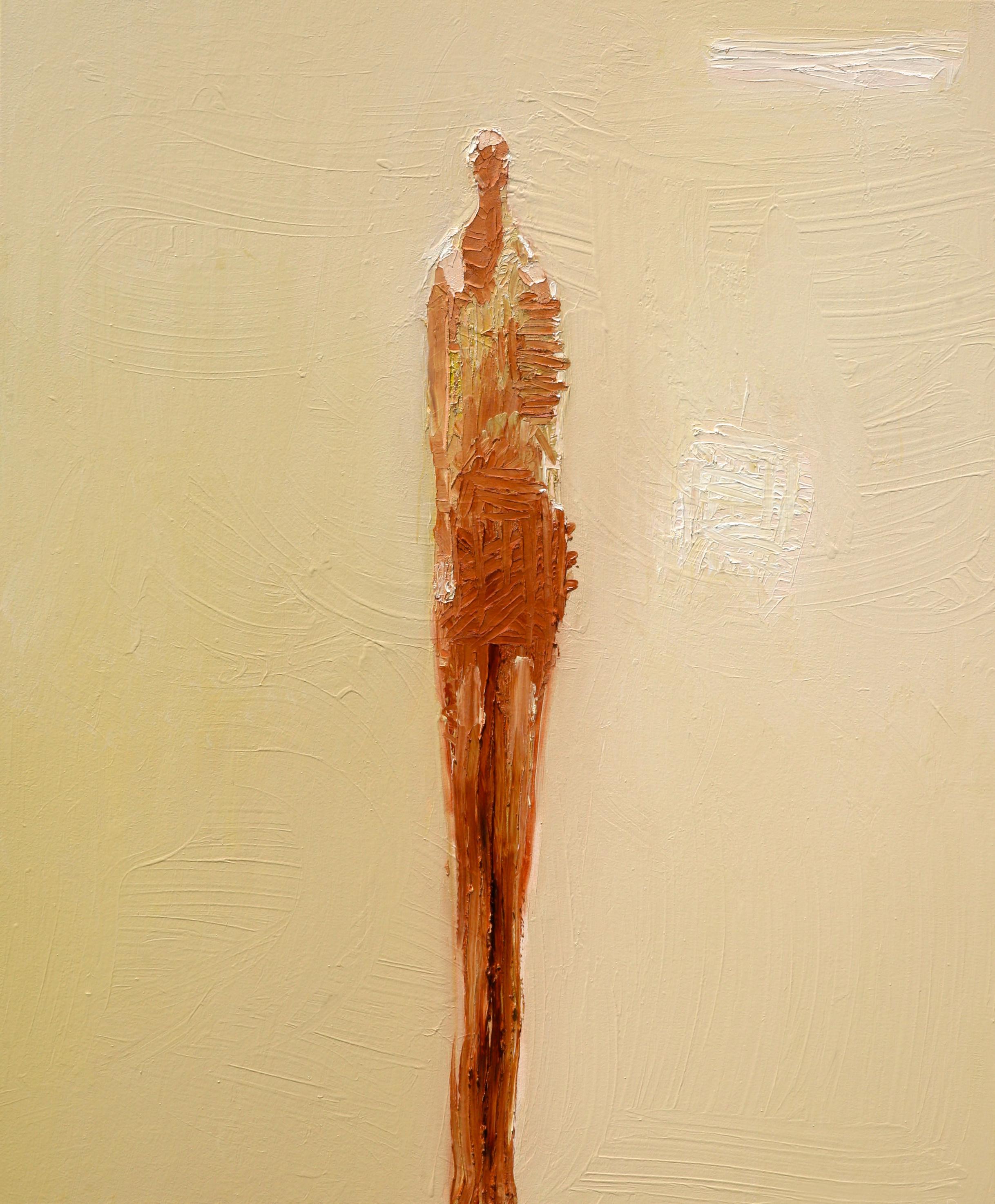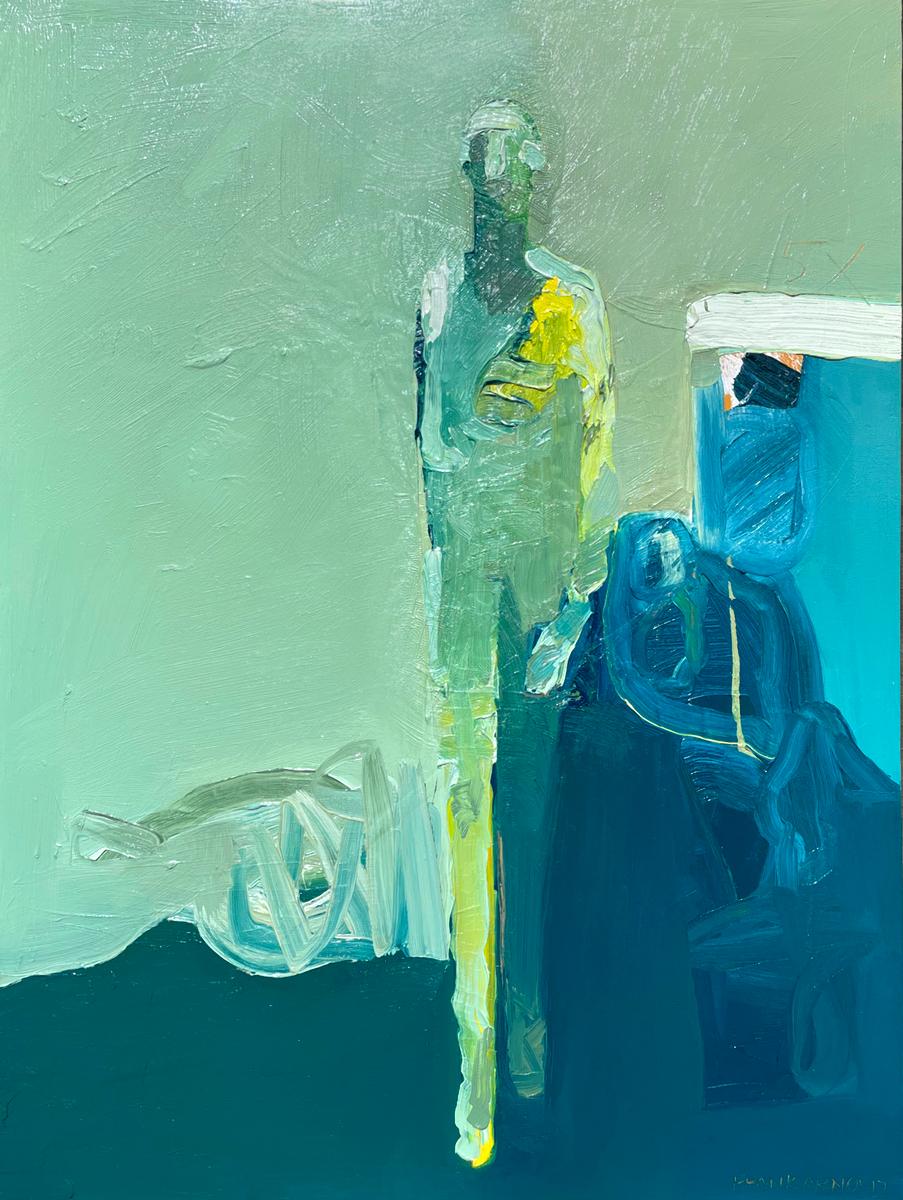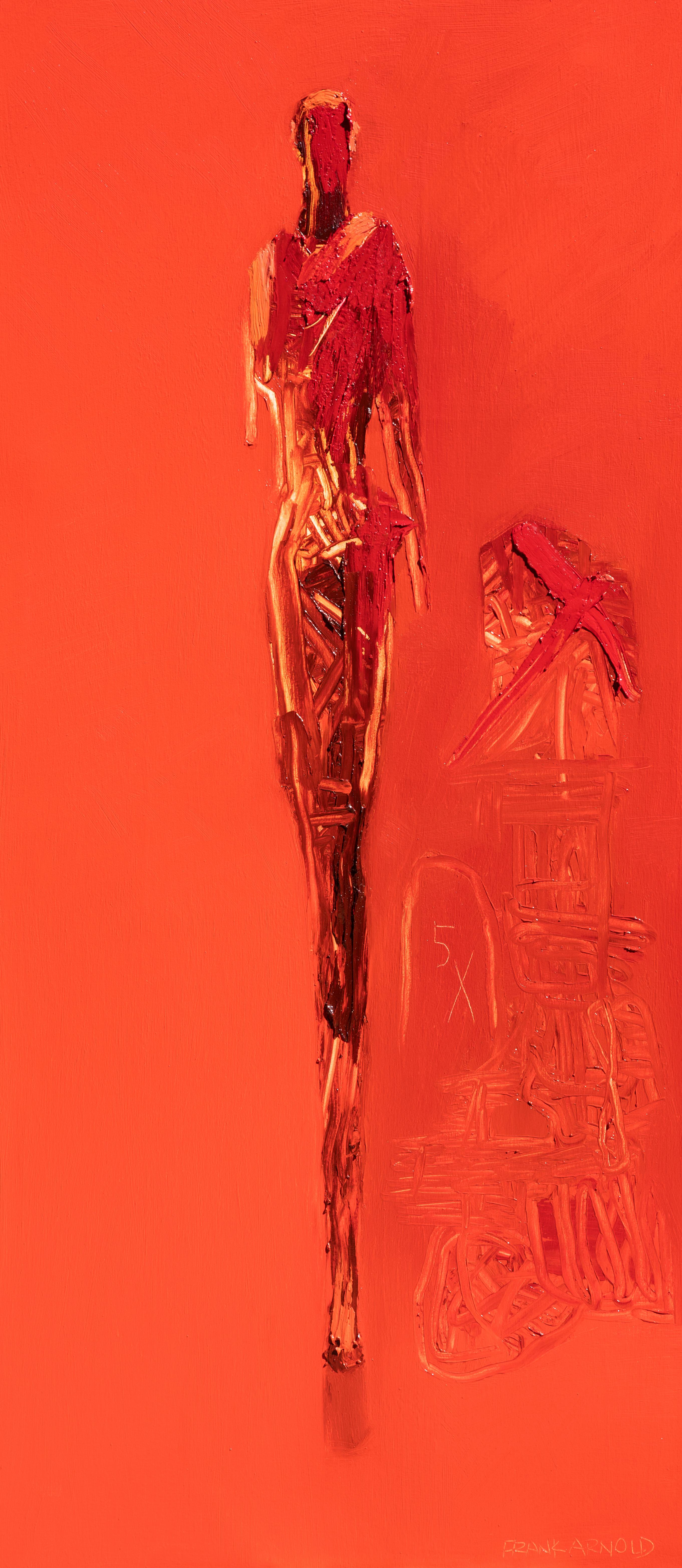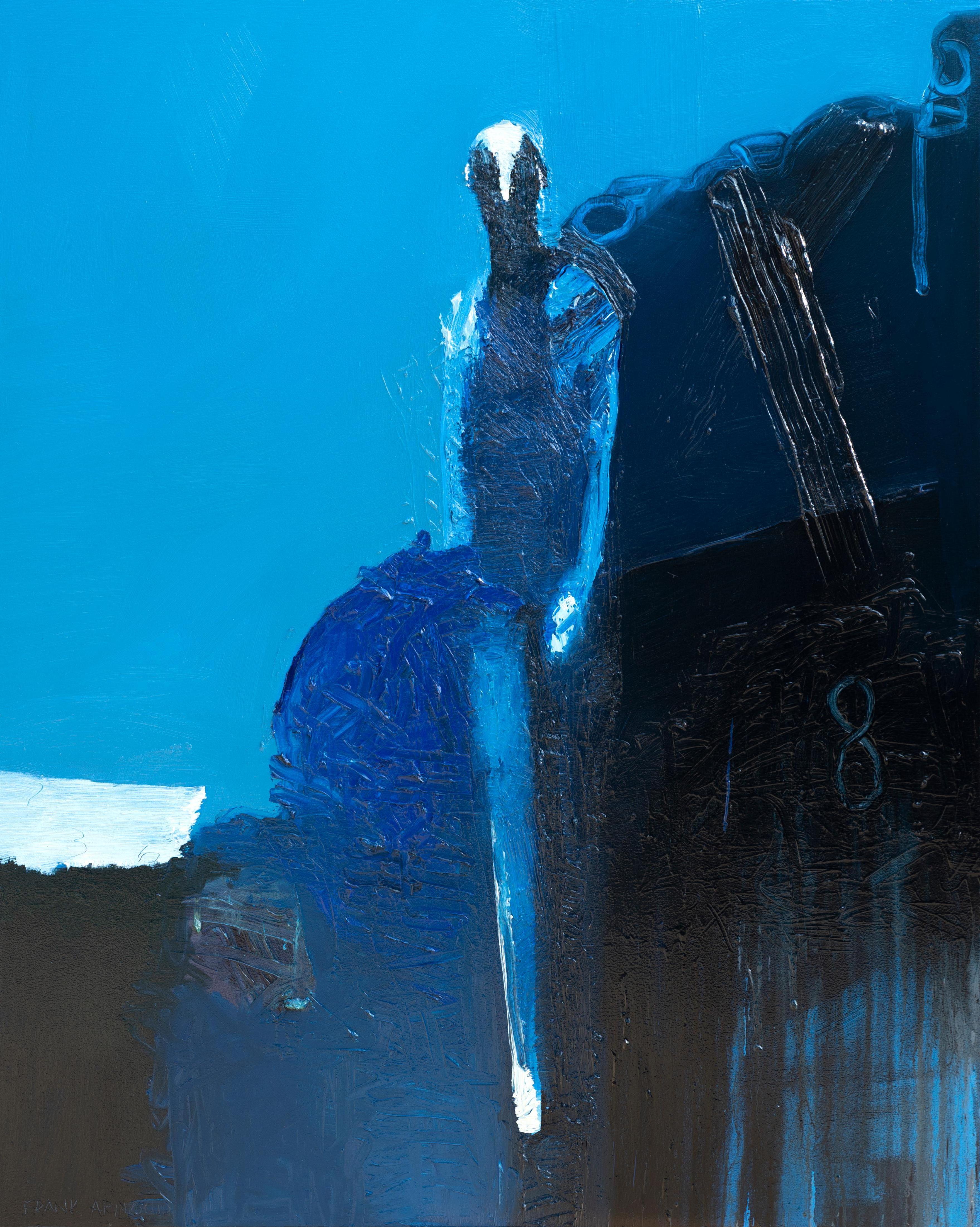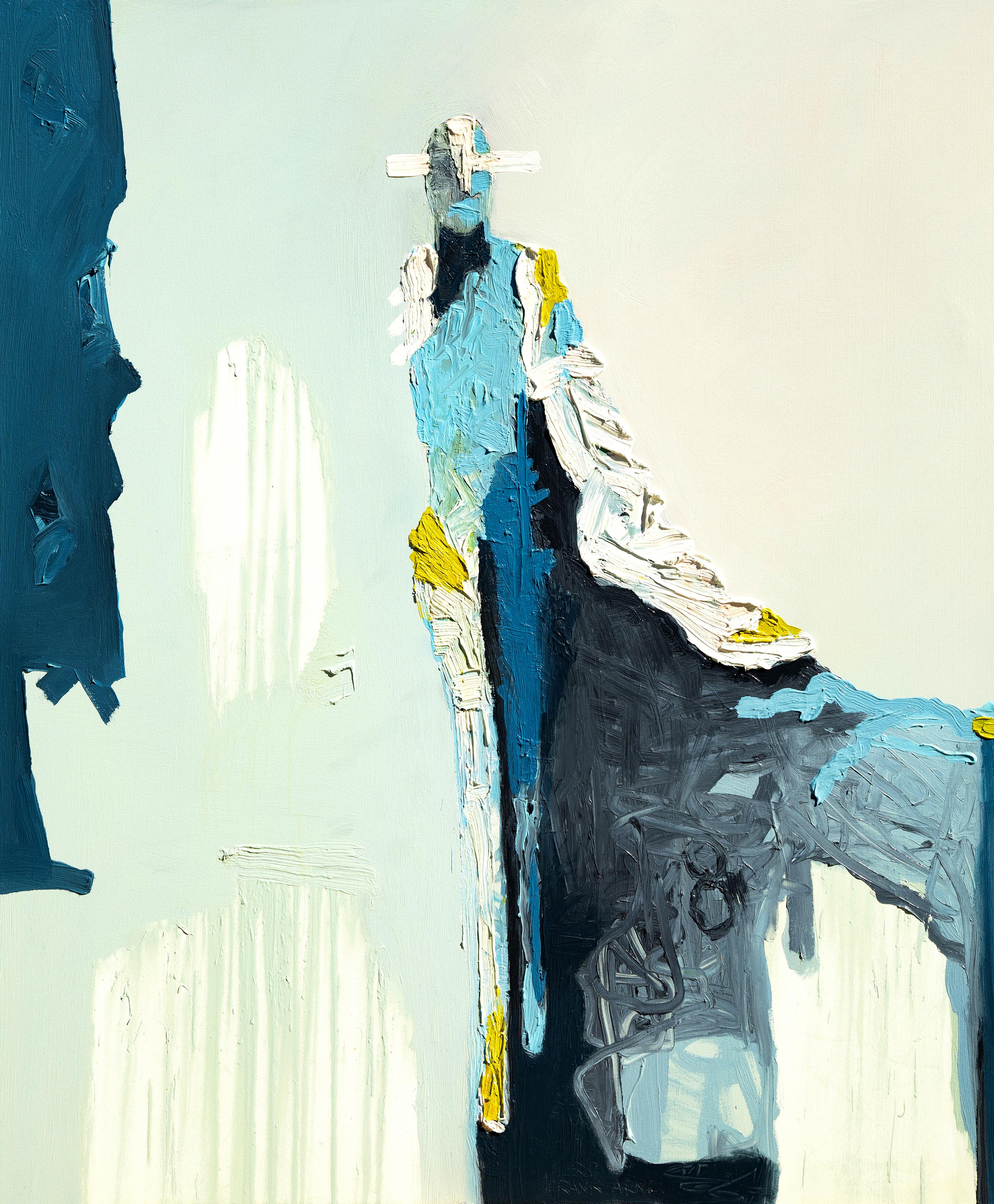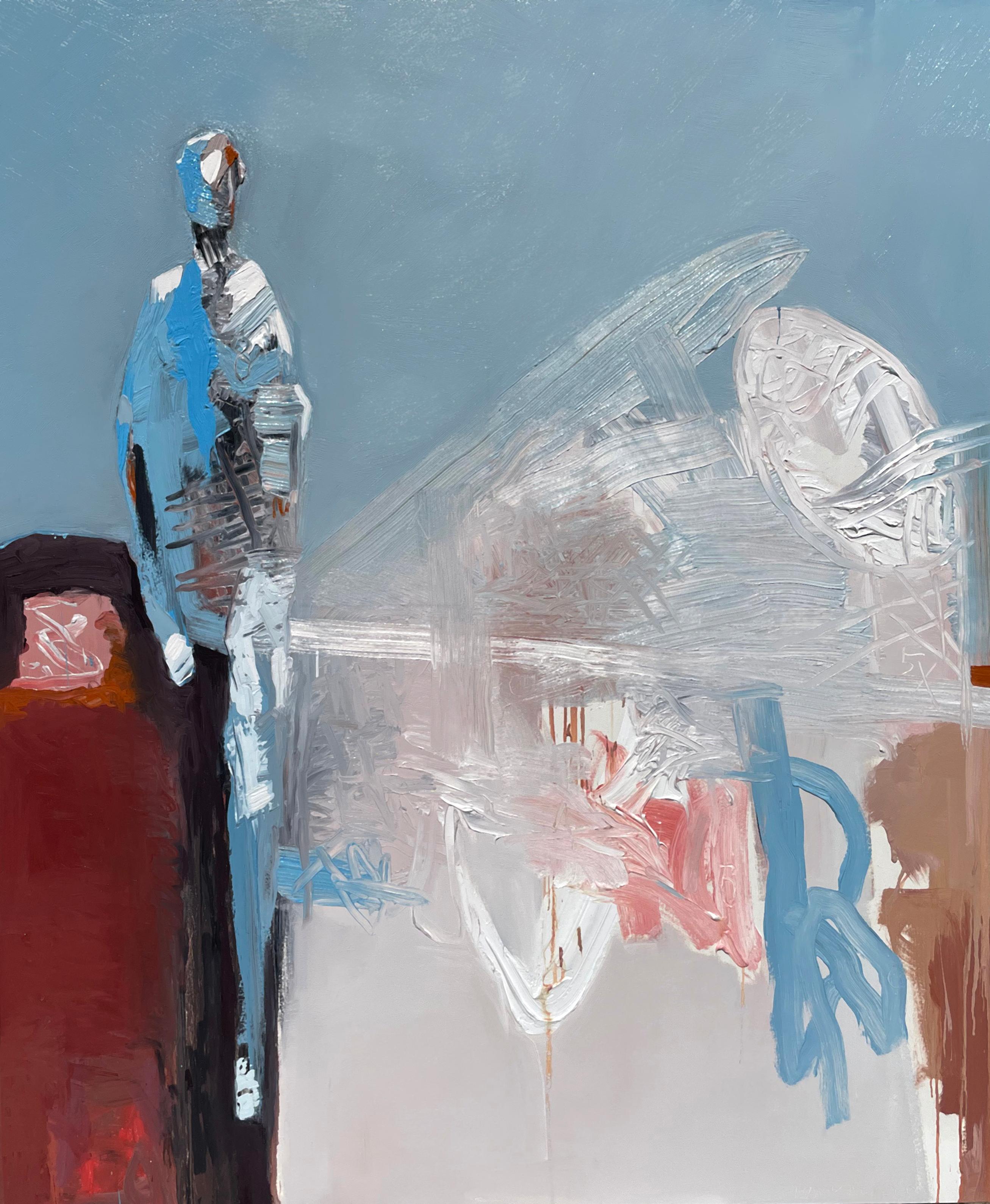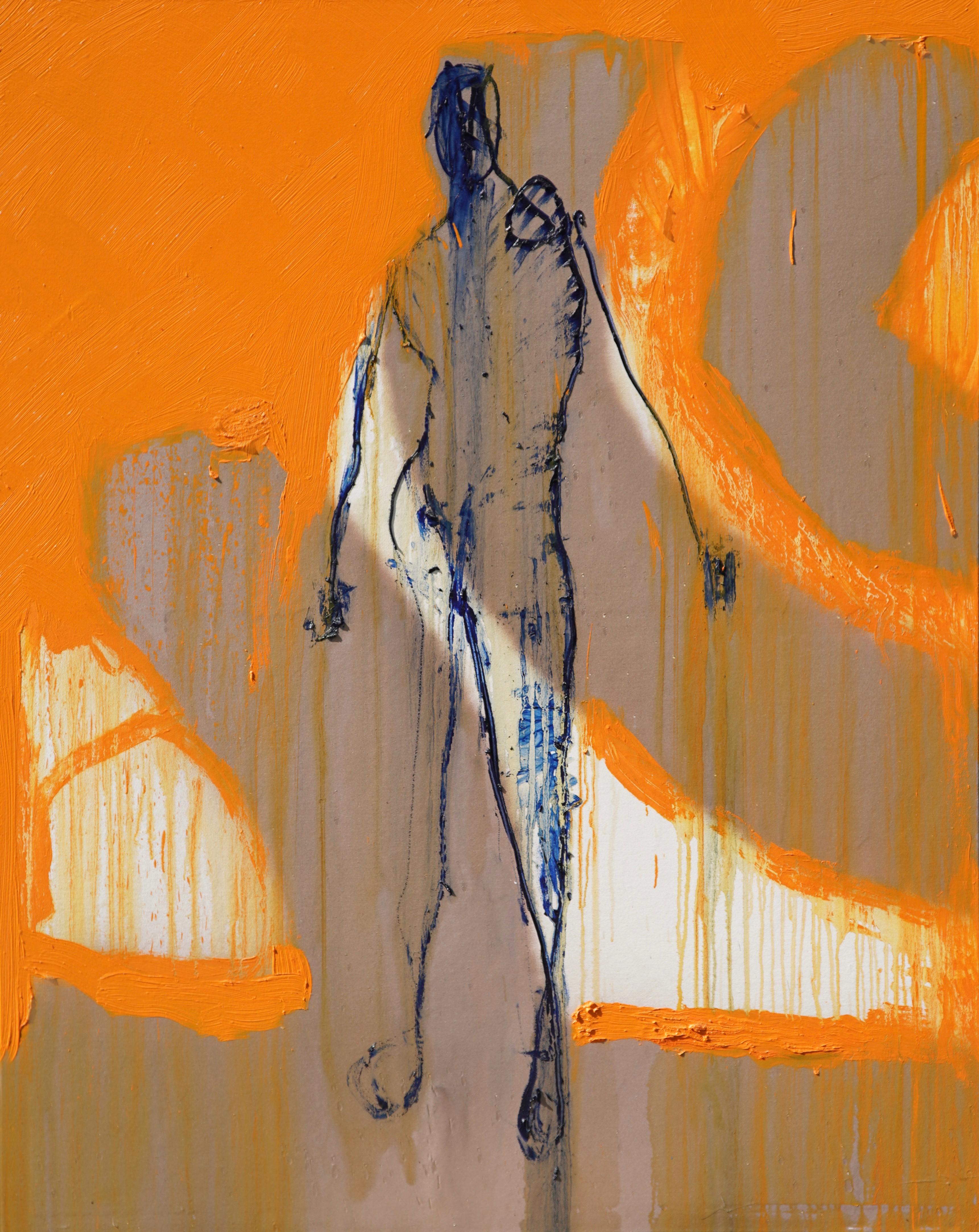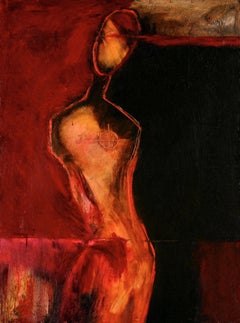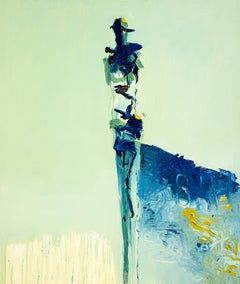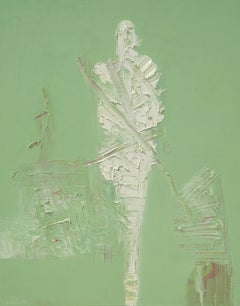
Series X #2
View Similar Items
1 of 1
Edward DugmoreSeries X #21969
1969
About the Item
- Creator:Edward Dugmore (1915, American)
- Creation Year:1969
- Dimensions:Height: 78 in (198.12 cm)Width: 61 in (154.94 cm)
- Medium:
- Movement & Style:
- Period:
- Condition:
- Gallery Location:New York, NY
- Reference Number:1stDibs: LU1064069481
Authenticity Guarantee
In the unlikely event there’s an issue with an item’s authenticity, contact us within 1 year for a full refund. DetailsMoney-Back Guarantee
If your item is not as described, is damaged in transit, or does not arrive, contact us within 7 days for a full refund. Details24-Hour Cancellation
You have a 24-hour grace period in which to reconsider your purchase, with no questions asked.Vetted Professional Sellers
Our world-class sellers must adhere to strict standards for service and quality, maintaining the integrity of our listings.Price-Match Guarantee
If you find that a seller listed the same item for a lower price elsewhere, we’ll match it.Trusted Global Delivery
Our best-in-class carrier network provides specialized shipping options worldwide, including custom delivery.You May Also Like
My Other Side
By Frank Arnold
Located in Fresno, CA
“My Other Side” is 48”x 36”. This is an earlier piece by Arnold from the estate of a late collector of his work. This piece is predominantly shades of red from light to almost black....
Category
Early 2000s Abstract Abstract Paintings
Materials
Canvas, Oil
$38,800
Oil on Canvas “2X8” by abstract-figurative artist, Frank Arnold
By Frank Arnold
Located in Fresno, CA
"2X8" is 60” x 48”. The yellows, greens, aquas and blues are combined in the heavy hand, brush and knife strokes which characterize much of this artist’s work. Frank Arnold’s paintin...
Category
2010s Abstract Abstract Paintings
Materials
Oil
New Move
By Frank Arnold
Located in Fresno, CA
"New Move 8" Oil on Canvas is a mix of blues and greens with chrome yellow accents. Frank Arnold is thought by many to be one of the foremost abstract figurative painters and sculpto...
Category
2010s Abstract Abstract Paintings
Materials
Canvas, Oil
$88,800
Oil on Canvas “Renew”
By Frank Arnold
Located in Fresno, CA
Frank Arnold is thought by many to be one of the foremost abstract figurative painters and sculptors of our time. He is a living master whose work is considered to be both personal a...
Category
21st Century and Contemporary Abstract Abstract Paintings
Materials
Oil
Teller 3
By Frank Arnold
Located in Fresno, CA
"Teller 3" Oil on Canvas presents a singular form and background in varying shades of green, blue, yellow and white and eart tones.
Frank Arnold is viewed as one of the foremost abstract figurative painters and sculptors of our time. He is a living master guided by a personal mission to “turn on a light in the human soul,” through his passionate creation of “Messengers” from his deeper mind connection with Carl Jung's archetypal images, the collective unconscious, and Jungian Synchronicity. These unconscious forms from his deeper mind resonate as personal messages of universal acceptance, reaching out to the viewer.
Arnold has been honored as IAD Artist of the year 2018 by International Artist Day, and 2013 FAC Horizon Artist Award. He has exhibited his artwork in numerous galleries and museums and is in collections worldwide. Arnold divides his working days between oil painting in San Jose del Cabo, Baja Sur...
Category
2010s Abstract Abstract Paintings
Materials
Canvas, Oil
$22,800
Oil on Canvas “236 Found”
By Frank Arnold
Located in Fresno, CA
"236 Found" is 72” x 60”. The sienna, umber and yellow figures on a neutral field are criss-crossed with chaotic, incised strokes through the impasto surface. Arnold’s paintings exhi...
Category
2010s Abstract Abstract Paintings
Materials
Oil
